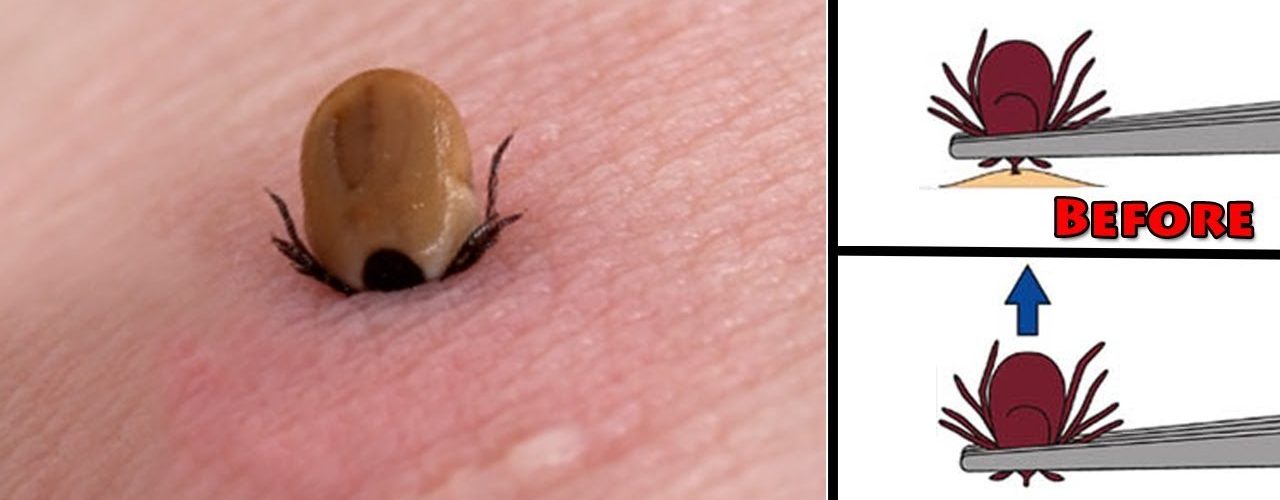You should be careful when you go walking outside, especially in the forest or fields. Although these are beautiful places, they are also the homes of ticks, of which there are in excess of two hundred different types in the United States alone. In this article, we cover the effective and safe means of removing a tick that has latched on to a poor person.
Contents
Inspecting for Ticks
The first thing that you have to do if you suspect that a tick is on you is to remove all of your clothing. Inspect your nude body from your toes to the top of your head. You are looking for the insect’s disk-like arachnids, which are either tan, red, brown, or black. They have eight legs, like spiders do, and these legs range from a thumbtack’s size to that of a pinhead. Look especially at your torso, the back side of your knees, and the area of your groin.
Getting a Hold of Ticks
Should you come across a tick in a difficult to get to place, then request that a family member or friend assist you in removing it. Grasp a pair of tweezers (or have your assistant grasp the tweezers) in one of your hands. Get hold of the tick using the tweezers, as close to the skin’s surface as possible. Do not grab the tick’s body with your fingers and attempt to simply remove it yourself. In this way, you could miss a part of the tick, causing it to stay underneath your skin. You also might get any disease which the tick carries on your hands.
Pulling Out the Tick
Using the tweezers, gingerly but firmly pull out the tick in a straight motion. You should take your time as needed until the point that the tick loosens its jaw’s grip and it comes away free and clear. Sometimes, portions of the mouth of the tick get detached from the remainder of the tick. Should this happen, remove them afterwards.
Disposing of the Tick’s Remains
Now you may safely get rid of the tick via tossing it into a fire, or alternatively by smashing it beneath a tissue, throwing it in the toilet, and then flushing it away. Never crush the tick with your bare hands or bare feet. Do not forget to thoroughly clean the area of the tick bite well with either Betadine or soap and water. Make sure that you wash up your hands, and do a good job of it.
Suggestions and Cautions
Some final suggestions and cautions are in order at this point. If you share your living space with pets such as cats or dogs, you should not worry too much about the danger of catching a tick from them. Even when you are sitting near a pet, you are not really in danger. Ticks tend to jump on people as they walk around in or sit down in vegetation which is low to the ground or grass. If you do find a tick on your skin, we do not recommend the old adage that ticks are best removed using nail polish or gasoline applications. Nor should you bother with holding a burning flame against the tick, or covering it with oil either.
Perhaps these old remedies will work, but not necessarily. Should you remove a tick first and then find that you get symptoms commonly associated with the flu, or unusual pains in your body’s joints, or you develop an atypical rash, then you must call your physician straight away. It is likely that you have contracted a disease that the tick was carrying, such as Rocky Mountain spotted fever, or Lyme Disease. Lastly, an ounce of prevention is still worth a pound of cure, and this applies to ticks as well. Make sure that they do not get on you in the first place, and then you will not have to worry about the ensuing consequences.



